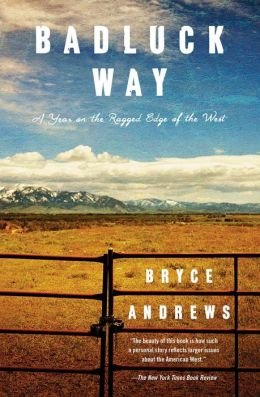What do you think?
Rate this book


Paperback
First published December 3, 2013
“Day followed wild day, and over time amounted to a process of seasonal change. Immersion in that constant cycling was the ranch hand’s highest privilege.”
”The Wedge Pack, like most others, was a family unit centered on a single breeding pair. Aerial surveys had reported that two consecutive litters of pups had been successfully raised in the foothills and steep valleys behind the Sun…The ranch had been lucky last year. The wolves had stuck to killing elk, and the cattle had come home fat at the end of the summer.”
”Every night, at or after sunset, I ran the benches and hills of the Sun Ranch. I’ll admit I was looking for trouble. When I saw deer or elk from a long way off, I tried to sneak up on them. Using the features of the land—little dips and swales I had never noticed before—I did my best to get close.
It was wicked, feral fun. I drew near herds of deer, elk, and antelope, sometimes crawling on my hands and knees to stay hidden in the sage and grass. When the animals saw or smelled me, I sprinted toward them, scattering them to the horizon. They always left me in the dust, alone and smiling under a many-colored sky.
I chased everything I could—coyotes, jackrabbits, and a badger who unexpectedly turned to fight. Once, in a moment of extremely poor judgment, I ran a black bear up Moose Creek and then looked over my shoulder all the way back down. There was never any malice in it, only simple joy. I loved to feel the wind, lay claim to my landscape by crossing it, and watch the deer outpace me before disappearing in the rising night.”
